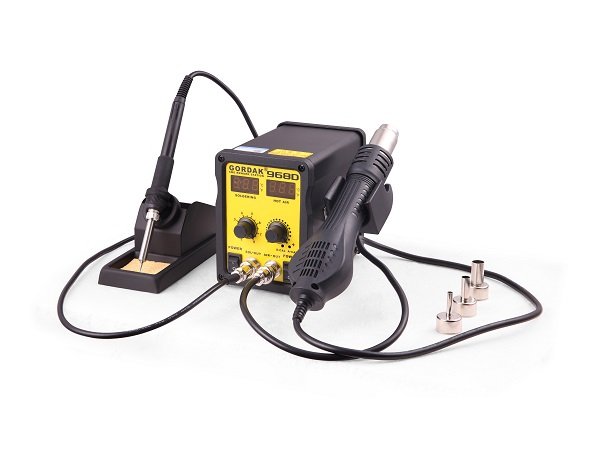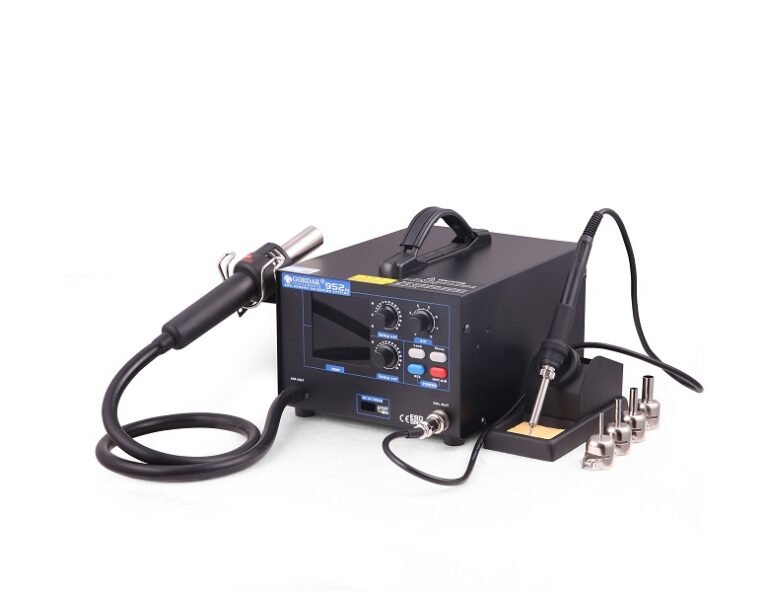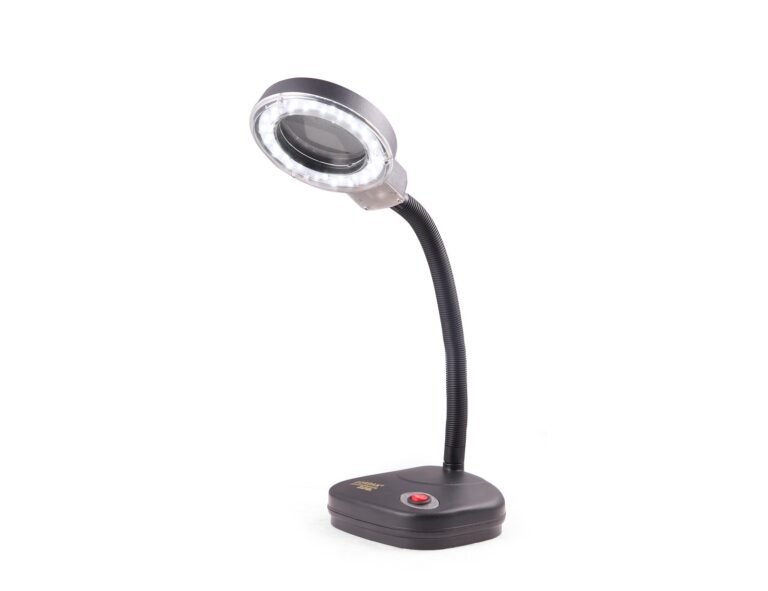There are numerous soldering irons on the market, and selecting the right one depends mostly on how you’ll use it and the kind of tasks you’ll be working on.
Temperature, wattage, and soldering iron tip are the three most critical factors to consider when purchasing a soldering iron (Note that most soldering irons have interchangeable tips, allowing you to switch to a tip that is more appropriate for your current job).
Again, getting a high-quality and durable soldering station power supply is hugely connected to the manufacturer, hence the need to partner with a reliable and reputable soldering station power supply firm.

Temperature
There are three primary temperature designs for soldering irons: 1) no temperature control soldering irons, which are usually the least costly and suitable for household soldering jobs, plugin and are ready to go once they’ve warmed up; 2) temperature-controlled soldering irons, which are more expensive than basic soldering irons, allowing you to ensure that the soldering iron tip maintains the proper temperature; and 3) soldering stations, which consist of a benchtop control unit and a soldering iron specifically designed for the unit,
Consider getting a soldering station first if you’re a professional or plan to conduct a lot of soldering.
Electric soldering irons are the most common nowadays; however, their range is limited due to the power cord.
You’ll need an extension cord if your project is far from an outlet, or you may use a rechargeable cordless soldering iron that you can take with you almost everywhere. Precision work is made easy with cordless soldering irons.
Wattage
Wattage should also be considered. The average soldering iron has a power rating of 15 to 25 watts.
Higher-wattage soldering irons provide greater power than their lower-wattage counterparts, making them more suited for heavy-duty projects.
High-wattage soldering irons have more power stored in reserve, allowing them to heat for extended periods.
Soldering tips
First and foremost, select a tip that is compatible with your soldering iron. You must also determine which tip type is most appropriate for your project.
Furthermore, you must establish the proper tip size because if it is too little, heat will not be adequately transferred, and if it is too large, the pad will overhang and damage the circuit board.
If you’re new to soldering, stay away from conical soldering tips because they have a sharper edge and will last much less time than tips with more metal.
Beginners frequently believe that applying pressure to the joint will aid solder flow; however, this can harm the board.
A chisel tip is ideal for wire soldering, desoldering, through-hole soldering, and surface-mount soldering.
To minimize heat stress on the device while speeding up the operation, make sure the tip is 60% the width of the soldering pad.
Chisel tips are thicker at the tip than their pointed counterparts, allowing them to store more heat. The size of your chisel tip will be determined by the task.
The “hoof” or gullwing tip is another effective option for drag soldering multi-lead surface-mount technology (SMT) IC packages. Drag soldering allows you to join multi-pin flat packs in minutes, even though the technique is challenging since you need the appropriate quantity of solder on the tip to avoid bridging the leads.
Soldering small gauge wires is also a breeze with these techniques.
Finally, some fundamental soldering advice:
I. Never apply too much stress to the tip or the board; you risk damaging them.
II. Apply a thin layer of solder to the tip after finishing soldering to prevent oxidation.
III. Never pry with your soldering iron tip.
IV. Keep the temperature as low as possible to avoid premature tip wear and component damage.
V. Use the proper tip for the job.
VI. When you’re not using your soldering station or iron, turn it off. Turn off the iron if you aren’t going to use it for ten minutes.
VII. Maintain a spotless tip. After each solder joint is completed, wipe the tip with a damp sponge.
In Need Of a High-Quality Soldering Station Power Supply?
Choosing soldering station power supply may not appear to be a difficult undertaking, but with so many types to choose from, it is.
As a result, partnering with a reputable and trustworthy soldering station power supply manufacturer is essential.
Foshan Gordak Electric Co., Ltd. has an impeccable reputation with many years of experience and highly qualified people.
Our shipping method is dependable and efficient, and we can ship your items anywhere in the world. Kindly check and make your order today!



